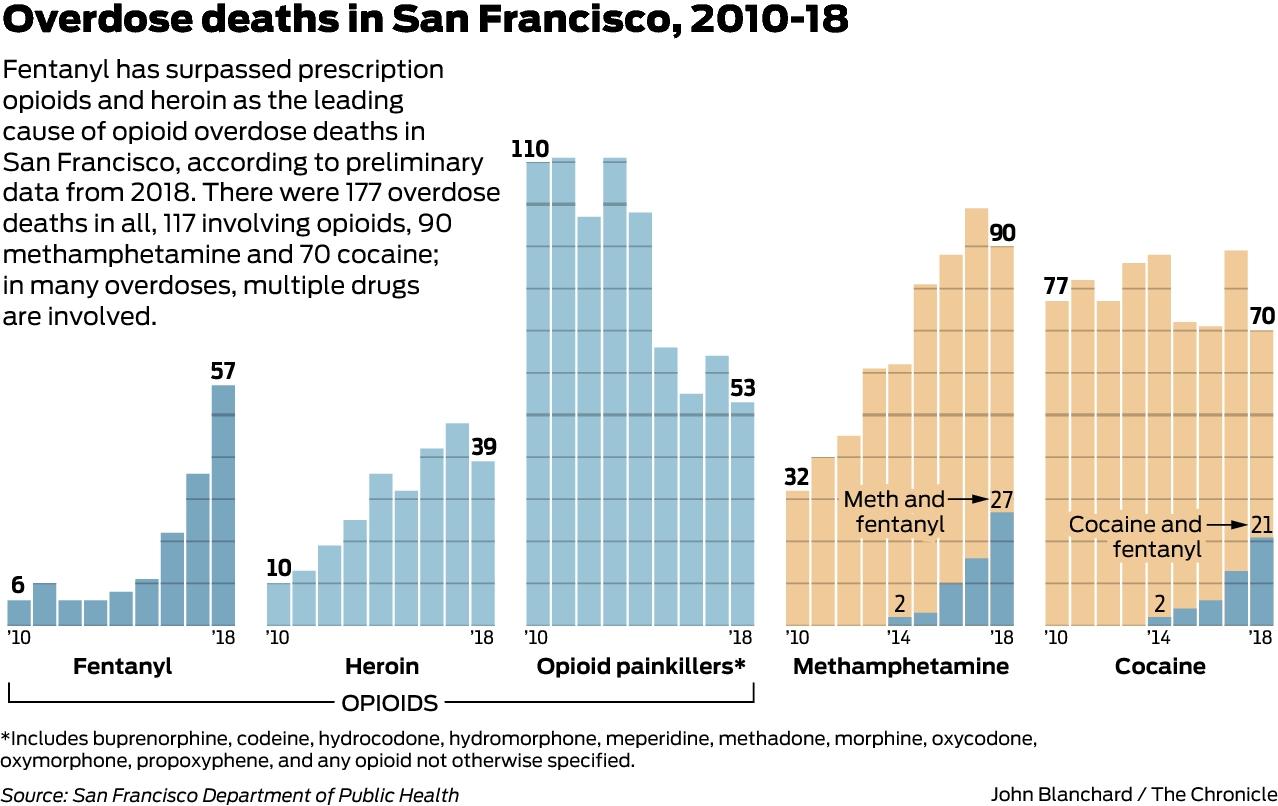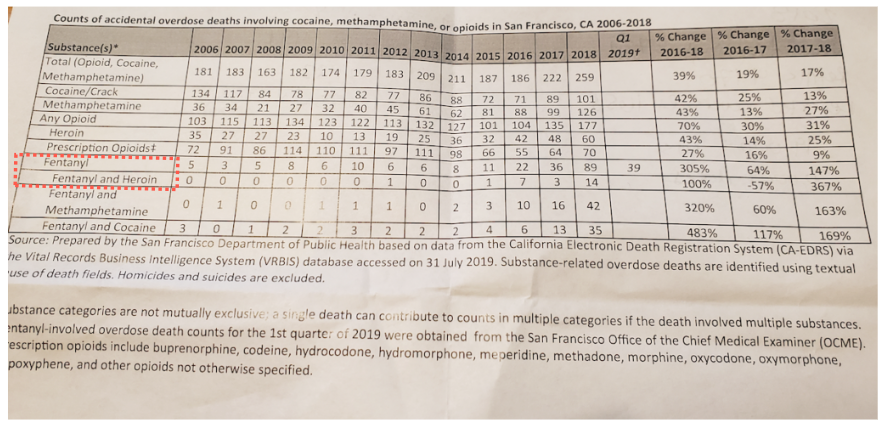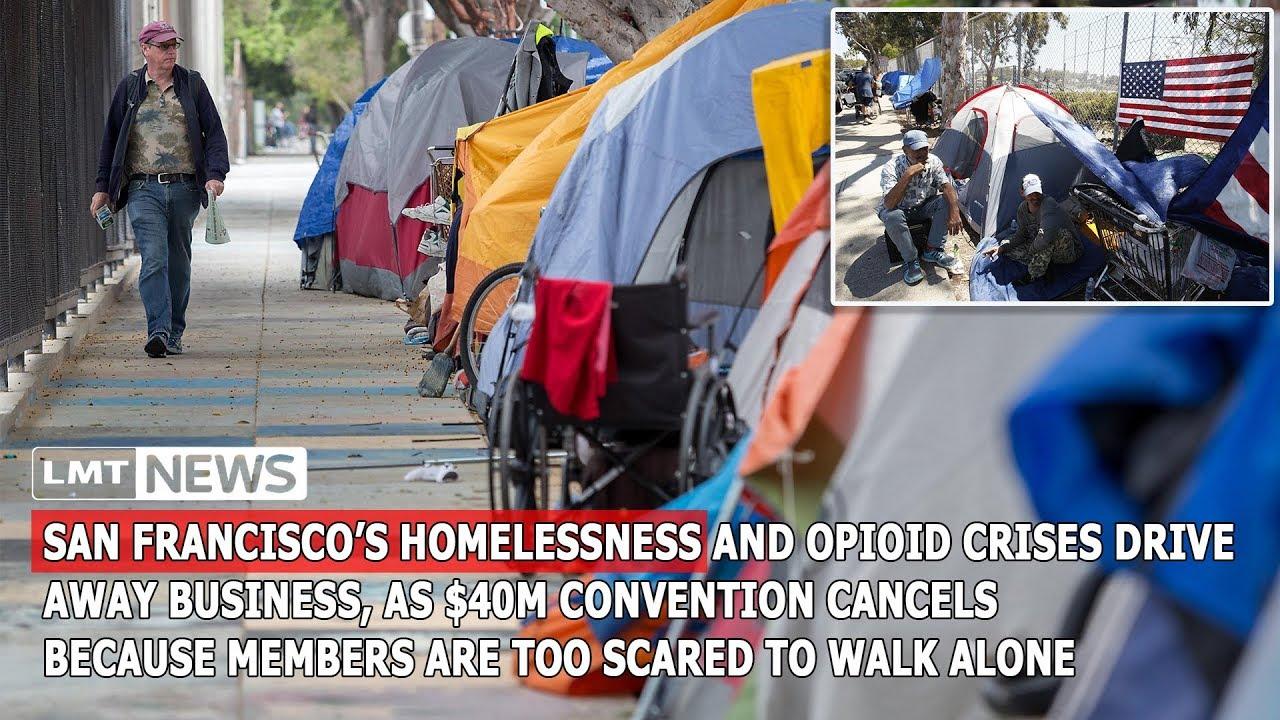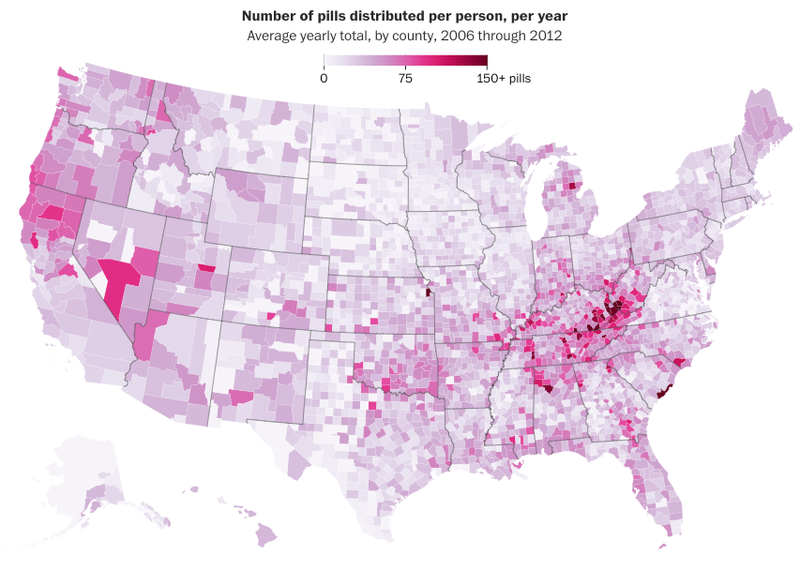An opioid crisis is unfolding across the Bay Area, according to a new report from San Francisco’s public health department.
Last year, fentanyl overdose deaths jumped 150% in San Francisco, to 89, up from 37 deaths in 2017.
Fentanyl was first spotted on the streets of the city during the 2008 financial crash when five deaths were reported. In 2010, six deaths were connected to the highly addictive synthetic opioid, which killed 22 people in 2016.
“It’s not a huge surprise to see this, although it’s certainly disappointing and sad to have lost this many lives in the city,” Dr. Phillip Coffin, the director of substance use research for the San Francisco Department of Public Health, told San Francisco Chronicle.
“Unfortunately, there is no locality that can withstand the introduction of fentanyl without some increase in mortality.”
Per the city’s medical examiner, 39 people overdosed on fentanyl in 1Q19 alone. That number is expected to increase dramatically this year, could be several hundred by year’s end.
The Chronicle said fentanyl is 50-100 times more potent than morphine.
“It has taken over heroin as the number one choice for opioid,” Dr. Chris Colwell, chief of emergency medicine at Zuckerberg San Francisco General Hospital, told the paper.
Fentanyl is starting to become a significant issue across the city; this comes at a time when the homeless crisis is also gaining momentum.
The total number of homeless counted in the city in January 2019 was nearly 10,000, according to the Los Angeles Times.
A perfect storm has been brewing in the Bay Area for the last five years: An expanding homeless population blended with synthetic opioids is leading to an exponential increase in overdose deaths that could soon be considered a public health emergency.
Coffin said fentanyl has “become more and more prevalent as the opioid that people are using in San Francisco” and “is a riskier opioid compared to prescription opioids.”
Last month US District Judge Dan Polster allowed the public for the first time to examine opioid sales from the Drug Enforcement Administration’s Automation of Reports and Consolidated Orders System (ARCOS) that details how the opioid epidemic exploded into almost every community across the US from 2006 through 2012.
As per The Washington Post, the ACROS data showed big pharmaceutical companies pumped 76 billion oxycodone and hydrocodone pills from 2006 through 2012 into nearly every zip code across the country.
As shown in the map below, the number of legal opioid pills distributed per person, per year, from 2006 to 2012, was some of the highest in Northern California, bordering the Bay Area.
With the opioid and homelessness crisis far from over in the city, expected to gain momentum through the mid-2020s, these two imbalances could trigger a public health crisis that would drain resources from emergency systems and funds from the local government.
via ZeroHedge News https://ift.tt/2YO15Cn Tyler Durden



